Emerging gardening trends you can try at home, fresh from some of the world's top designers
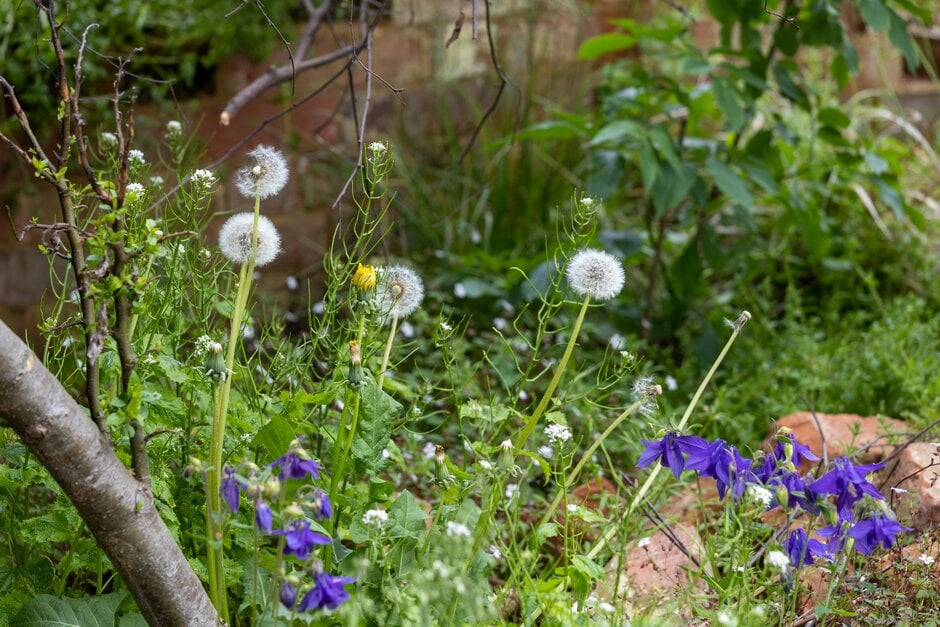
Weeds
Even before the show began there was talk that 2023 was the year ‘weeds’ would be not only seen, but even celebrated at RHS Chelsea, and they were to be found in many gardens, most notably in Cleve West’s Centrepoint Garden.
The designer even used weeds from his own allotment in the garden, including dandelions, herb robert and cleavers. Cleve said: “This is an experiment to see whether a mix of ornamentals and so-called ‘weeds’ can co-habit in an aesthetically pleasing way.”
Similarly, Tom Massey’s Royal Entomological Society Garden included knapweed and clover to attract the insects needed for study in the garden’s lab.
“Plants commonly called weeds are some of the unsung heroes of the plant world” –Tom Massey
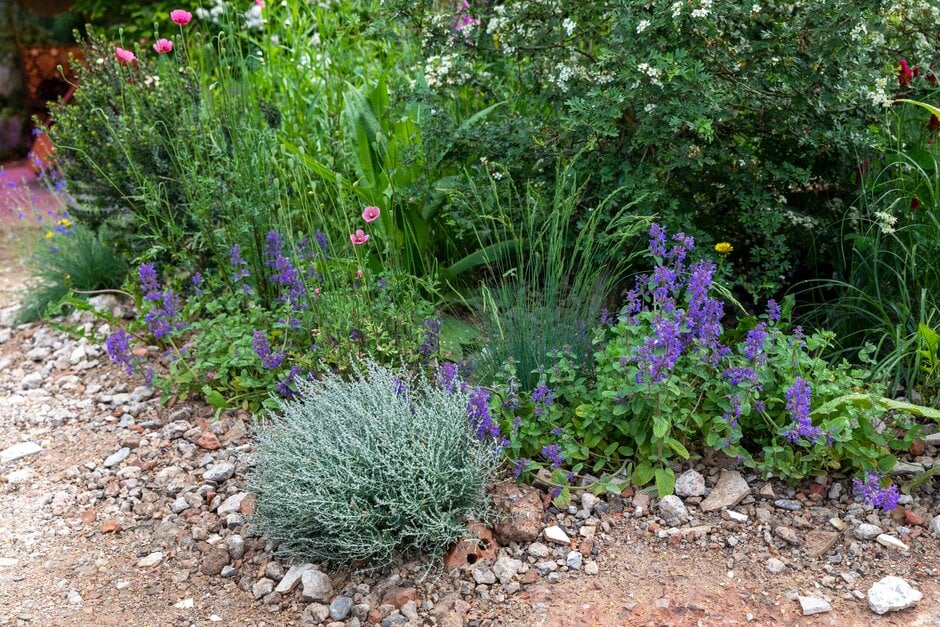
Rubble
In a drive to reuse materials and explore resilient planting at RHS Chelsea, many plants were found peeking out from piles of rubble or reclaimed waste material. Tom Massey describes the use of rubble as an alternative mulch to provide different types of crevices and cracks for plants and wildlife to make their home.
Rubble and bricks represented a more urban approach in the designs at RHS Chelsea this year. As RHS Chief Horticulturist Guy Barter points out, they’re low-cost and readily available, and by reusing materials that would otherwise go to landfill, they’re a sustainable option. “You’d be amazed how well rubble will support many woody plants,” Guy said. “They won’t grow as fast as in rich soil, but the poor nutrient value and good drainage is highly suitable for Mediterranean plants.”
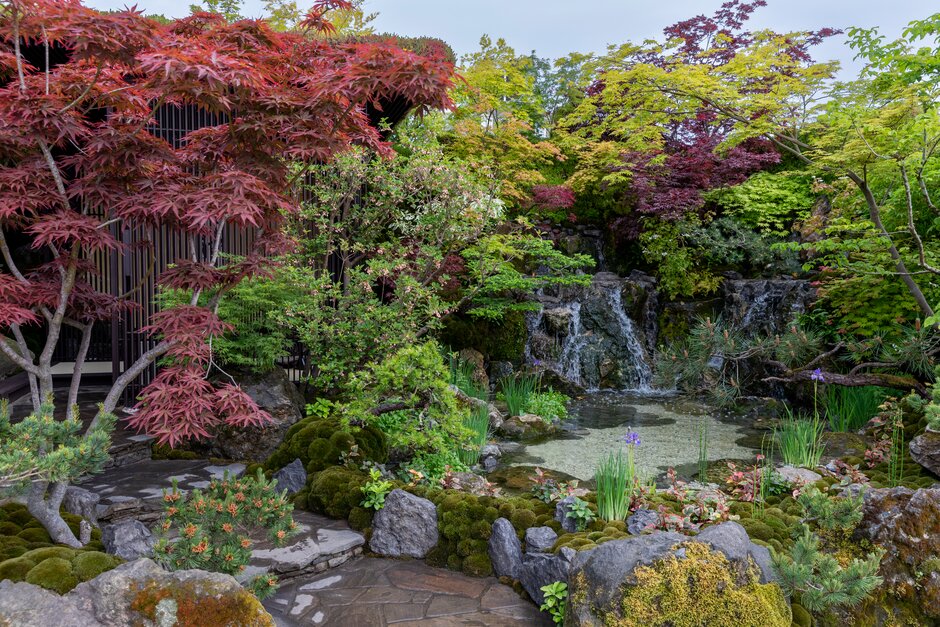 Biophilia
Biophilia
Psychologist Erich Fromm described biophilia as a psychological orientation of being attracted to all that is alive and vital. The Biophilic Garden Otsu – Hanare embraced those principles with a seamless transition between the small house (hanare) and the surrounding garden, creating the experience of being entirely enveloped by nature.
“It’s designing a space that fits in with the landscape” - Camellia Taylor
With her All About Plants garden, The Natural Affinity Garden for Aspens, designer Camellia Taylor used her background in psychology to inform her choices. She said: “The Natural Affinity Garden is about the biophilia theory and the need we have to connect with nature. I’ve stripped this garden back to trees, plants and stone – it’s the natural connection we have to those elements that’s calming”
Camellia used a single type of stone, sourced from within 15 miles of the site to which the garden will be relocated, even using local clay to create the pottery featured in the garden to promote a connection with the surrounding environment.
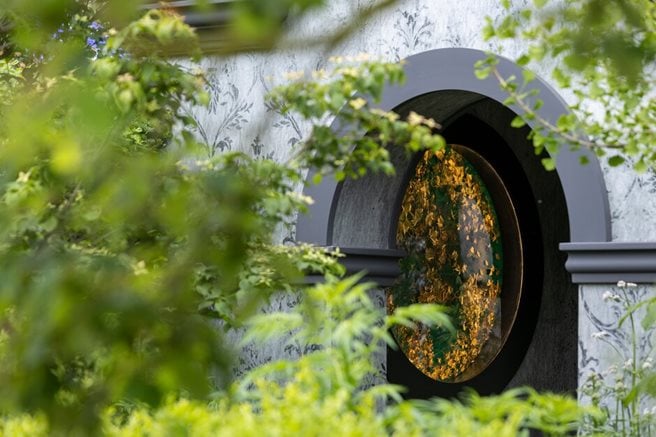
Symbolic art
Many of the gardens at RHS Chelsea are created alongside a charity and have a message to relay beyond attractive planting and innovative design. Specially commissioned art can help communicate the ethos of the garden, such as the Listen sculpture in Darren Hawkes’ The Samaritans Listening Garden. Art can also serve as a metaphor, like the pointillist artwork in Cleve West’s Centrepoint Garden, with approximately 120,000 dots representing the number of young homeless people in the UK. Similarly, the central black wall of water in The Hampden Stargardt Garden signifies the loss of central vision in people with the condition.
Women in horticulture
Historically, male designers have dominated the gardens at RHS Chelsea, but 2023 saw that tradition changing, with 58% of the designers in the running for awards being women. This was mainly in the Balcony and Container category, where 8 of the 9 gardens were women-only designers or teams. While this is an entry-level category, it bodes well for the future.
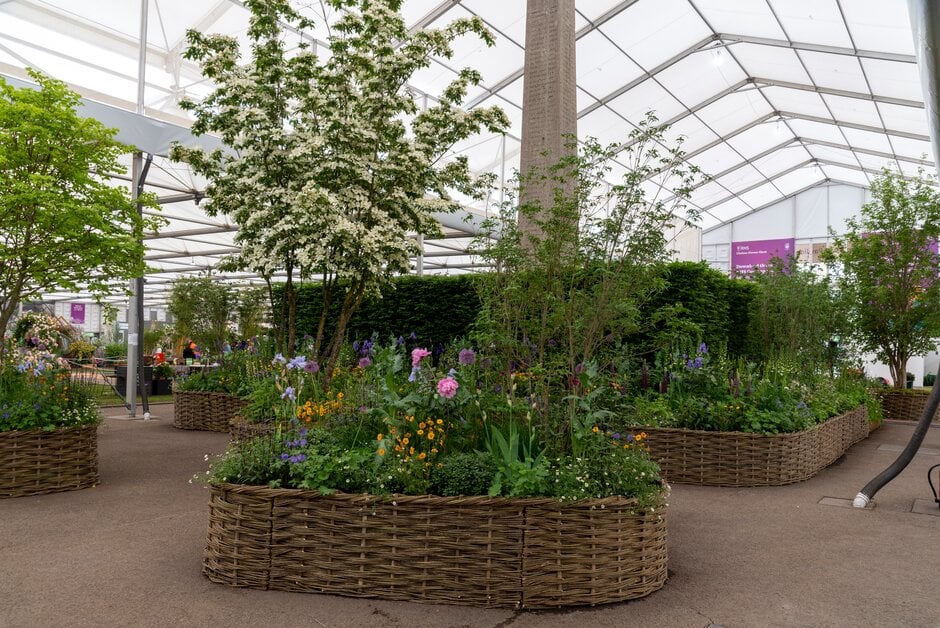
The hugely popular
Heroines of Horticulture exhibition on the Monument, designed by Polyanna Wilkinson, was dedicated to female horticulturists of the past. One side was filled with planting supplied by female growers and the other paid tribute to specific figures in history.
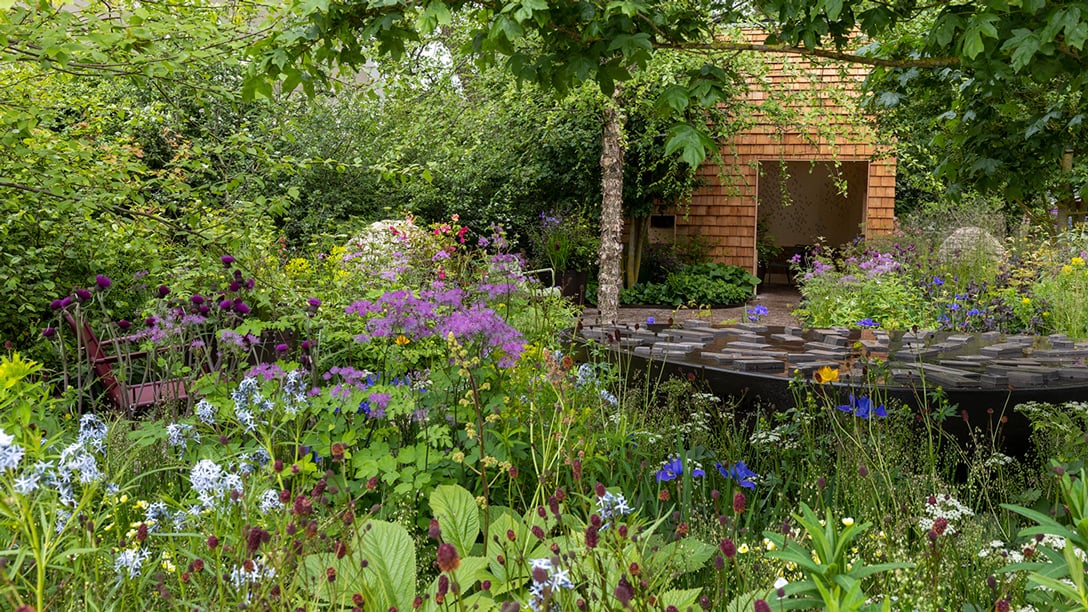
Relocation, relocation, relocation
In an effort to make the show more sustainable, since 2022, all the gardens at RHS Chelsea have had a relocation plan as part of the entry criteria. This year, the future life of the gardens was evident in many of them with the final destination factored into the designs.
Charlotte Harris, co-designer of the Best in Show winner Horatio’s Garden, explained how the relocation to Sheffield impacted on the design. “This is a garden meant for Sheffield and designed for Sheffield, but popping in on the way to say hello to Chelsea, rather than debuting at Chelsea and finding a home afterwards,” she said.
One trend that is here to stay, how designers incorporate and adapt to the relocation of their gardens will be fascinating to watch as the RHS Chelsea Flower Show continues to innovate and evolve.
You might also be interested in...

